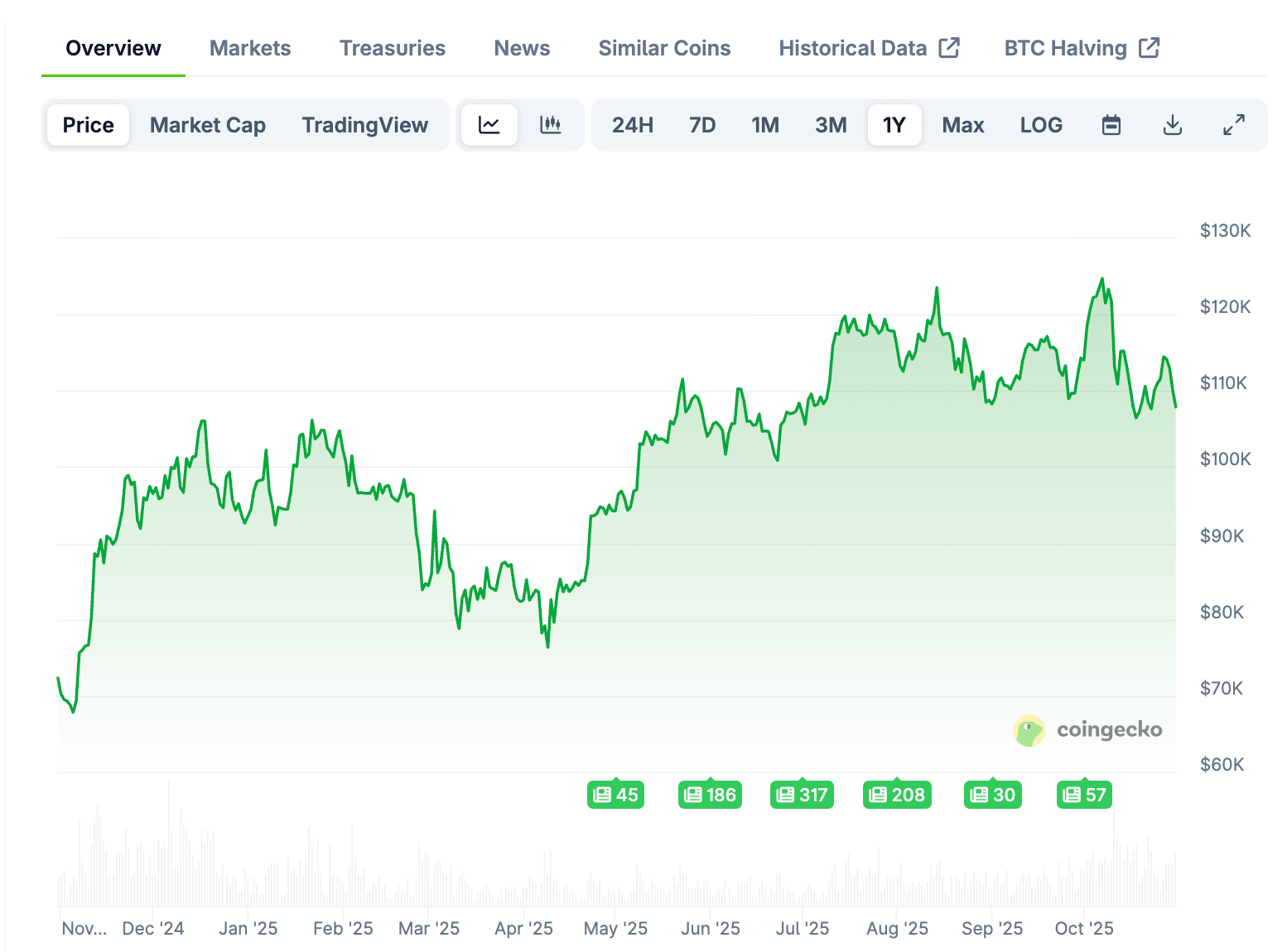Is the 'Debasement Trade' the Key Bitcoin Trend for 2026?
The 'debasement trade' could become a dominant narrative for Bitcoin as investors seek protection against currency devaluation heading into 2026.
The term "debasement trade" has emerged as a compelling narrative within the cryptocurrency landscape. It encapsulates the strategy of moving away from government-backed assets, like bonds or fiat currencies, and opting for "hard" assets such as gold or Bitcoin.
Recently, Matt Hougan, Chief Investment Officer at Bitwise, expressed on X that the concept of the debasement trade is gaining momentum and is likely to remain relevant through 2026. But what exactly does this theory entail, and why is it becoming increasingly significant at this juncture?
The Debasement Trade theory in the context of Bitcoin revolves around the idea that investors are purchasing Bitcoin as a safeguard against the diminishing value of fiat currencies.

As governments increase the money supply through mechanisms like debt accumulation and monetary stimulus, the purchasing power of each unit of currency declines, a phenomenon known as currency debasement.
Things the market is underestimating:
1) The likelihood that sovereigns buy bitcoin in size; in the next few years
2) The likelihood that the US passes the Clarity Act in late-2025/early-2026;
3) The speed at which tokenization and stablecoins will grow;
4) The fact that the… https://t.co/sZNdMnExuB
With a capped supply of 21 million coins and its detachment from central banks, Bitcoin is viewed as a valuable hedge against this depreciation of currency.
Under this lens, Bitcoin is perceived as a "digital hard asset," akin to gold, serving to preserve value when confidence in traditional monetary systems falters.
The appeal of this trade has intensified as global debt levels soar and inflation fears linger. It allows investors to incorporate Bitcoin into a broader strategy focused on protecting their wealth from the dilution of monetary assets.
Bitcoin was conceived by Satoshi Nakamoto as a countermeasure to the 2008 financial crisis. The genesis block, which marked the inception of the Bitcoin network in 2009, contained a message that alluded to the bailouts of banks.

Thus, it is evident—despite the enigmatic identity of its creator—that Bitcoin was designed to address the turmoil in traditional financial systems.
“I believe that the core thesis of BTC has always revolved around some variant of the debasement trade,” remarked Andrew Tu, an executive at the crypto market-making firm Efficient Frontier. “This idea has been present since the genesis block, where Satoshi references the bank bailouts.”

Tags:
Related Posts
Create Engaging Video Tutorials: A Beginner's Guide
Ready to make video tutorials that inspire? Dive in as I share essential tips for crafting engaging content that your viewers will love!
Unveiling 2024’s Hottest Digital Marketing Trends
Curious about what’s next in digital marketing? Discover the top 5 trends that will shape your strategy in 2024 and keep you ahead of the game!
E-commerce Trends 2024: What You Need to Know Now
Curious about what’s shaping online shopping in 2024? Discover the key trends and data-driven strategies to elevate your retail game this year.
Discover the Digital Marketing Trends Shaping 2024
Curious about what’s next in digital marketing? Dive into the key trends and strategies that will redefine how we connect with audiences in 2024!
10 Time Management Tips for Productive Remote Work
Struggling to stay focused while working from home? Discover ten practical time management techniques to enhance your productivity and keep distractions at bay.
10 Time Management Tips to Transform Your Daily Routine
Struggling with time management? Discover 10 essential tips that can help you boost productivity and reclaim your day, no matter your busy lifestyle.